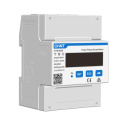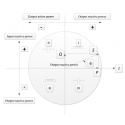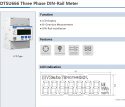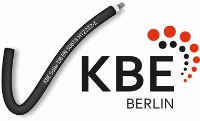-
Shopping cart is empty
-
x
Wyprzedaż trwa!

-
Shopping cart is empty
-
x
-
Chint DTSU666 three-phase, bidirectional four-quadrant electricity meter with network analyser functions.
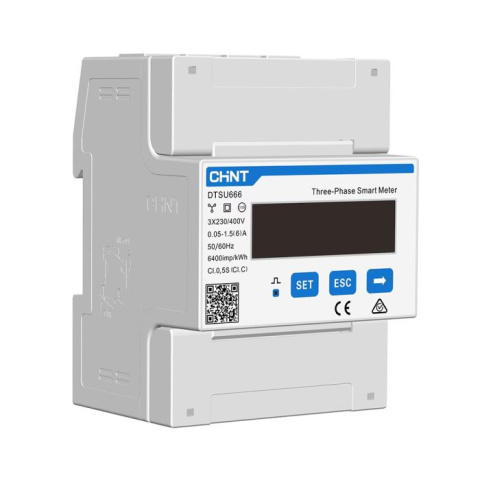

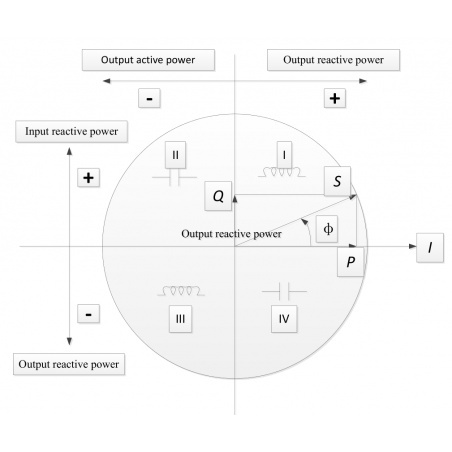

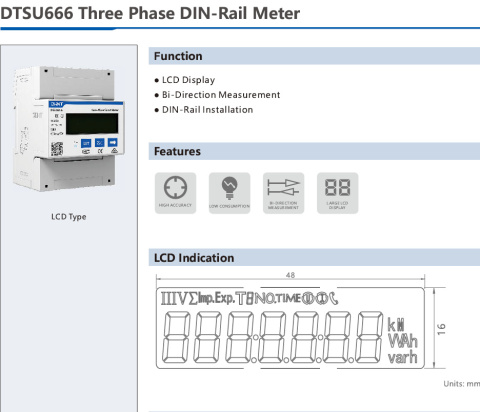

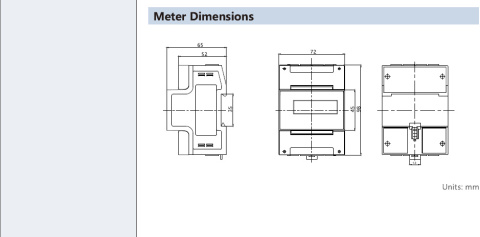

| Enter your email |
| Shipping within | 48 hours |
| Shipping price | The Lack Of |
| The Availability Of |
|
Chint DTSU666 three-phase, bidirectional four-quadrant electricity meter with network analyser functions.
The Chint DTSU666 Modbus is an advanced, multi-functional, three-phase, bidirectional, four-quadrant electricity meter with network analyser functions. It works with Deye inverters, and Hoymiles microinverters. A bi-directional meter designed to intelligently measure electricity monitoring, it performs measurements including; voltage, current, active power, reactive power, frequency, energy consumed, energy given up. It also performs four-quadrant energy measurement. The DTSU666 analyser is equipped with an RS-485 communication port and ModBus protocol.
Key product features:
three-phase
- bi-directional active energy measurement: input (import), output (export), total energy measurement
- four-quadrant measurement of reactive energy: capacitive and, separately, of inductive energy input and input
- total measurement of reactive energy: input (import), input into the network (export)
- measurements of voltages, currents, instantaneous active power, instantaneous reactive power separately for each phase
- measurement of total active power (positive values - energy input, negative values - energy input to the grid)
- outputs
1 configurable pulse output (active or reactive energy),
1 RS-485 output
- certified according to EU directive 2014/35/EU
- MID certificate number 0120 / SGS0435
Main applications:
- monitoring of energy taken from the grid (import) and fed into the grid (export), taking into account the phases at the connection
- monitoring of capacitive, inductive and total reactive energy
- monitoring of other network parameters at the connection
